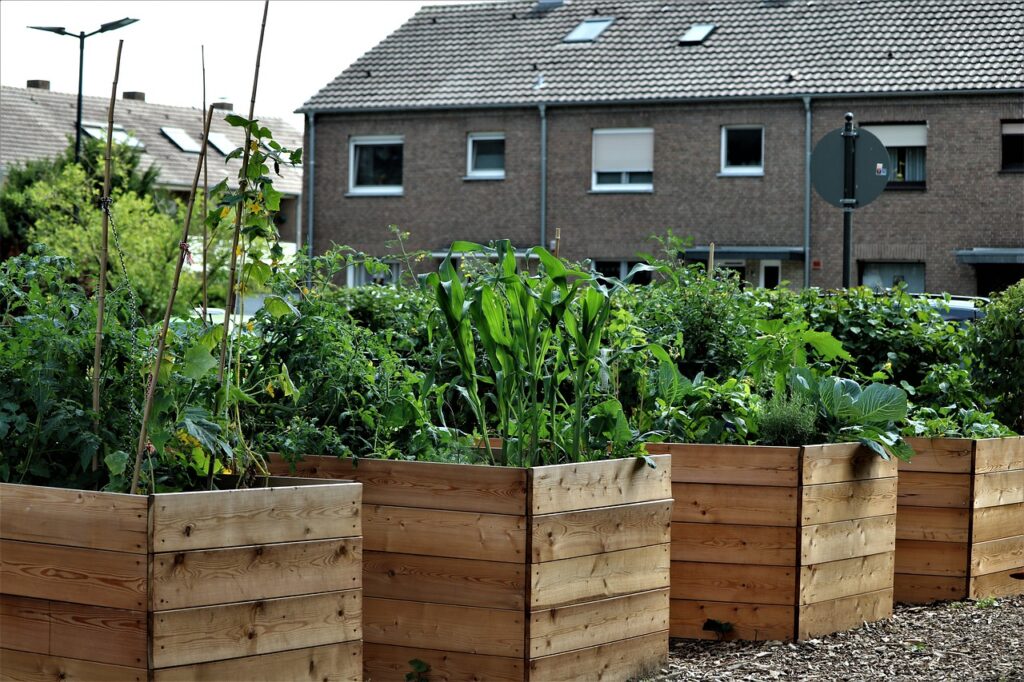When looking to invest in container gardening, it is important to choose the right container. There are a variety of containers to choose from, each with its own benefits and drawbacks. A few things to take into consideration include the size, shape, and material of a container.
Size
It is important to choose a container that is large enough to accommodate whatever you plan to plant in them. This means making sure the container matches the root depth of the plant.
Additionally, larger containers will hold more soil, allowing the plants to grow stronger and more resilient. Plus, with more soil means water is more easily retained—meaning gardeners don’t need to worry about watering the container as often.
Shape
When choosing the shape of a container for gardening, it is best to avoid using a tapered pot. Rather, try to use something that is either square, rectangular, or cylindrical in shape.
Plants growing in a tapered pot will require more frequent watering. This is because, with a tapered shape, more soil is located at the top of the pot, causing the soil to dry out faster. In contrast, containers in square, rectangular, or cylindrical shapes will have more soil at the bottom of the containers, allowing better moisture retention.
Material
There are a variety of different materials a container can be made from. However, each material has pros and cons that should be considered.
Ceramic: Ceramic pots are typically more decorative, smaller, and easily broken. This causes them to be better containers for indoor plants.
Metal: Metal containers are great for displaying plants but will eventually rust. Additionally, they tend to get very hot and could burn the roots of a plant if not kept within a shady area.

Wooden: Wooden containers come in a variety of styles and sizes. To help prolong the life of untreated wood, gardeners should use a plastic liner.
However, it is important to note that treated wood is not typically recommended due to the chemicals used to treat it. It is possible for these chemicals to seep into the soil, harming the plants. This is a large concern for any edible plants.
Polyresin: Containers made from polyresin are great, inexpensive alternatives for rooftop and balcony gardens. They can withstand outdoor weather easily but are likely to fall over in windier conditions due to their lightweight.
Polystyrene: These containers are another lightweight yet durable option for container gardening. They are available in various sizes and finishes to providing options for gardeners. However, like the polyresin, these containers tend to fall over in windier conditions due to their lightweight.
Overall
Overall, gardening is a fun, relaxing hobby that everyone should be able to benefit from– even those with smaller spaces. And, with these basics tips, choosing the best container for your garden should be no problem!
Now, all that’s left to do is start gardening! To learn more about gardening, be sure to check out our blog! We update every week with information on different gardening techniques, information, and tips for those of all levels.
